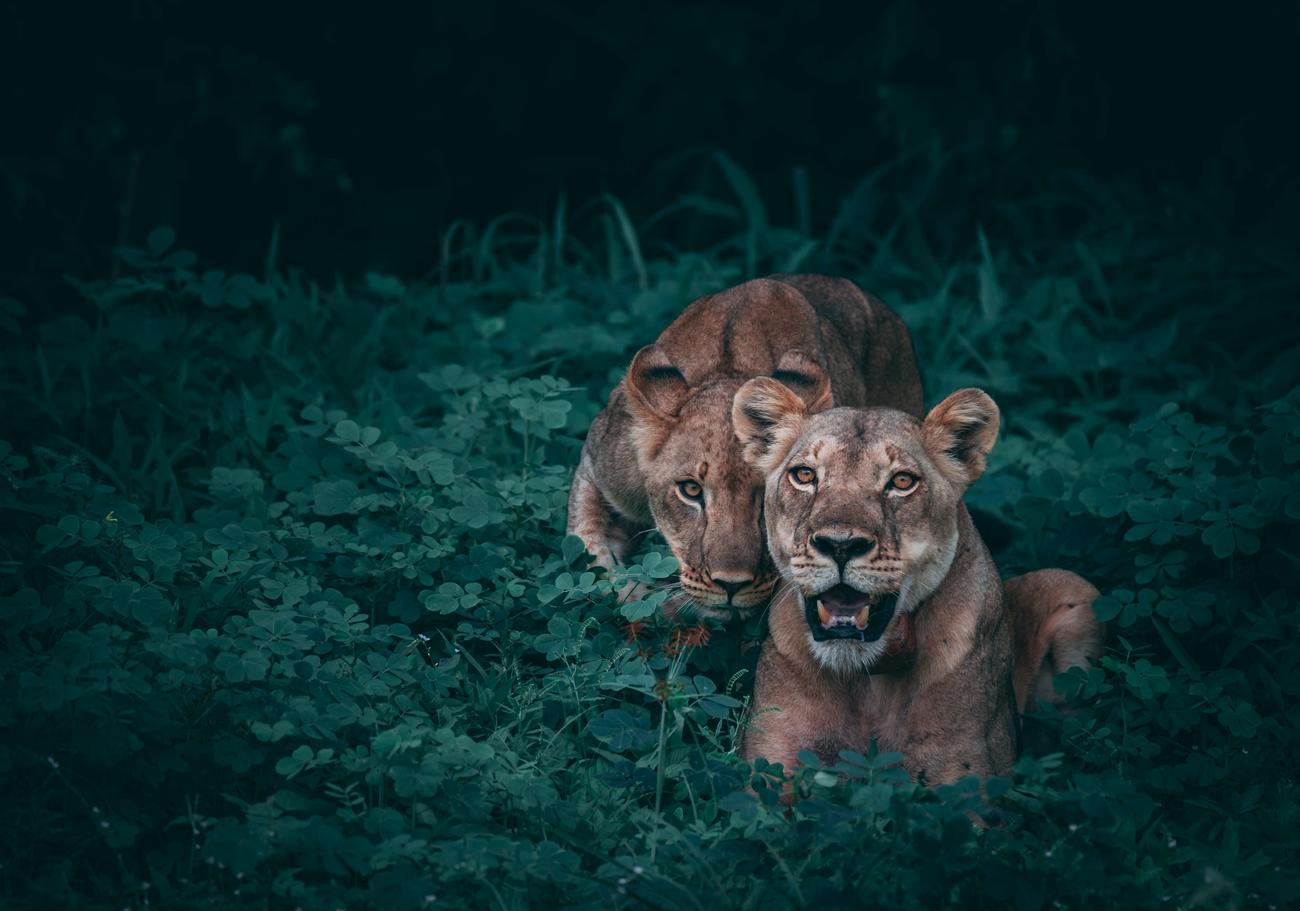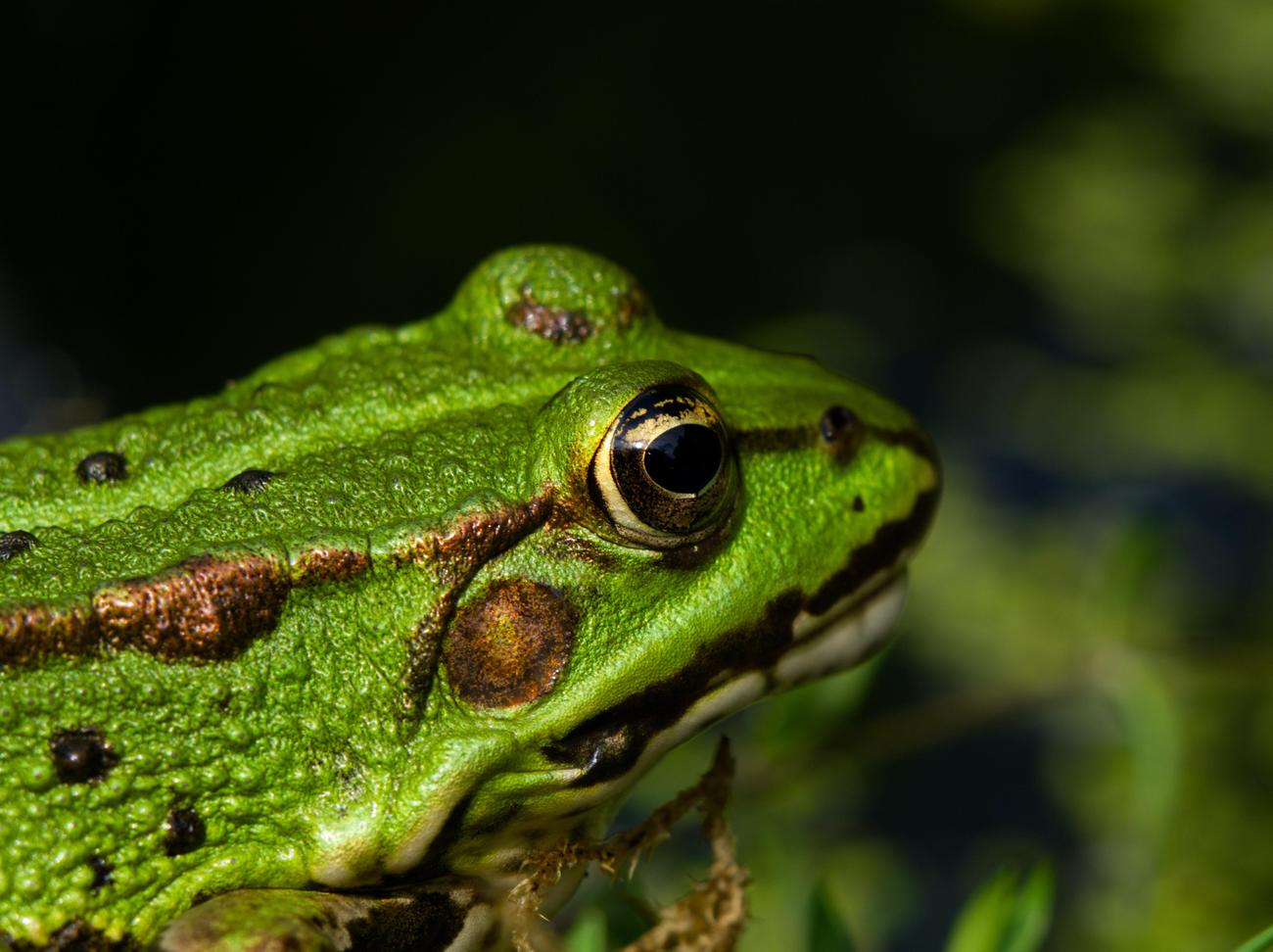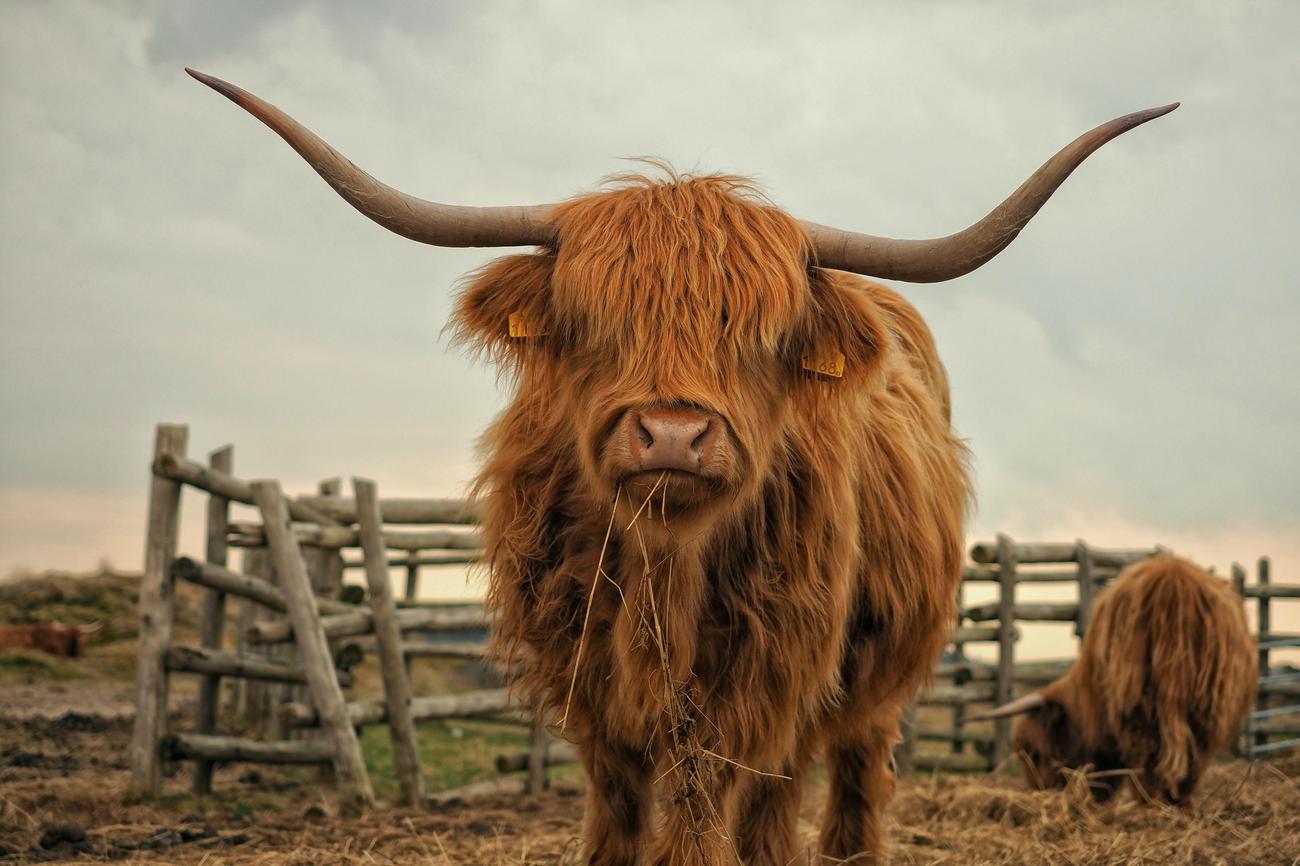Are you ready to embark on a thrilling adventure into the mystical world of Malawi’s uncharted wilderness? Get ready to be captivated by the enigmatic wildlife that awaits, as we plunge into the depths of this unexplored realm. In this article, we will unlock the secrets of Malawi’s hidden treasures and delve into the fascinating lives of its undiscovered animal species. From majestic predators to elusive creatures, join us as we unravel the mysteries of Malawi’s extraordinary ecosystem.

Unexplored Animals in Malawi
Malawi, a small landlocked country in southern Africa, is a hidden gem for wildlife enthusiasts and researchers alike. While the country is well-known for its diverse range of wildlife, including elephants, leopards, lions, and buffalos, there are still many unexplored animal species waiting to be discovered in this fascinating ecosystem.
Unlocking the Secrets of Malawi’s Wildlife
Malawi is home to a stunning array of animal species, both familiar and lesser-known. While the African bush elephant, southern African lion, African leopard, and African buffalo have been studied extensively, there are other intriguing creatures that have received less attention. These “unexplored animals in Malawi” hold the promise of new discoveries and insights into the country’s unique biodiversity.
The Quest for Hidden Treasures
As a wildlife researcher with a passion for uncovering the mysteries of nature, I am drawn to the unexplored corners of Malawi’s wilderness. With my experience in identifying, studying, and documenting various wildlife species, I am equipped to embark on this exciting journey of exploration.
A Diverse Range of Species
Malawi’s unexplored animals encompass a wide variety of species, each with its own unique characteristics and behaviors. From the elusive pangolin to the fascinating velvet monkey, these creatures offer a window into the intricacies of Malawi’s ecosystem. By delving into their habitats, behaviors, and ecological roles, we can deepen our understanding of the delicate balance that sustains life in this part of the world.
Unraveling the Mysteries
Uncovering the secrets of these unexplored animals in Malawi requires patience, dedication, and a keen eye for detail. It involves venturing into remote and less-explored areas, where the impact of human activity is minimal. By observing their behaviors, tracking their movements, and documenting their interactions, we can piece together the puzzle of their lives and shed light on their importance in the ecosystem.
Contributing to Conservation Efforts
Studying and documenting these unexplored animals in Malawi goes beyond mere curiosity. It is essential for the conservation and preservation of the country’s biodiversity. By understanding the ecological roles of these lesser-known species and their interactions with other wildlife, we can develop effective conservation strategies and promote sustainable practices that protect and enhance the natural heritage of Malawi.
“The exploration of Malawi’s unexplored animal species holds the key to unlocking a deeper understanding of the country’s unique biodiversity and plays a crucial role in conserving its natural treasures.”
The Unexplored Awaits
Are you ready to embark on a journey of discovery? Join me as we venture into the unexplored realms of Malawi’s wildlife. Together, we can uncover the hidden treasures and shed light on the enigmatic creatures that inhabit this captivating land. From the smallest insects to the largest mammals, each species has a story to tell, waiting patiently for us to listen.
“Step into the unknown and let the wonders of Malawi’s unexplored animals reveal themselves to you.”
Table: Unexplored Animals in Malawi
| Species | Scientific Name | Unique Characteristics |
|---|---|---|
| Pangolin | Manis spp. | Only mammal covered in scales |
| Velvet Monkey | Chlorocebus pygerythrus | Striking blue face and vibrant fur |
| Lichtenstein’s Hartebeest | Alcelaphus lichtensteinii | Distinctive lyre-shaped horns |
| Nyika Crab | Potamonautes nyikaensis | Endemic freshwater crab found in Nyika National Park |
| Niamkolo | Thackerayina congica | Critically endangered species of cichlid fish found only in Lake Malawi |
Unfolding the Mystery, One Step at a Time
To explore the unexplored animals in Malawi, we must be prepared to take things one step at a time. Here’s a step-by-step guide to help you embark on your own journey of discovery:
- Choose Your Focus: Select the specific unexplored animal species you want to study and document.
- Research and Preparation: Gather existing knowledge and resources about the species, their habitat, and behaviors.
- Fieldwork: Venture into the wilderness of Malawi, equipped with the necessary tools for observation, data collection, and documentation.
- Observe and Document: Spend time in the field, carefully observing and documenting the behaviors, interactions, and movements of the target species.
- Analyze and Interpret: Analyze the collected data, looking for patterns, correlations, and insights that contribute to our understanding of the species.
- Collaboration and Knowledge Sharing: Engage with fellow researchers, local communities, and conservation organizations to share your findings, promote awareness, and foster collaboration for further exploration.
“By following these steps, we can unravel the mysteries of Malawi’s unexplored animals and contribute to the body of knowledge surrounding their existence.”
Pros and Cons of Exploring Unexplored Animals in Malawi
As with any endeavor, there are pros and cons to exploring unexplored animal species in Malawi. Let’s take a closer look:
Pros:
– Discovering new species and expanding our knowledge of biodiversity.
– Contributing to conservation efforts by understanding and protecting vulnerable species.
– Promoting eco-tourism and raising awareness about Malawi’s natural treasures.
Cons:
– Time-consuming and challenging to access remote areas.
– Limited resources and funding for research and conservation efforts.
– Need for ethical considerations to ensure minimal disturbance to wildlife.
Embrace the Wild
In conclusion, the exploration of unexplored animals in Malawi is an invitation to embrace the wild and engage with the unknown. By venturing into the untapped realms of this awe-inspiring country, we have the opportunity to uncover hidden treasures, expand our knowledge, and contribute to the conservation of Malawi’s unique biodiversity. Are you ready to embark on this adventure?
“Step into the wild and unlock the secrets of Malawi’s unexplored animals, for they hold the key to a deeper understanding of our natural world.”
Here’s an example of a captivating paragraph with an active internal link:
“Did you know that Malawi is home to a diverse range of fascinating animals? From the majestic lion to the elusive leopard, this African nation is a haven for wildlife enthusiasts. If you’re curious to learn more about these captivating creatures, we’ve compiled a list of 10 interesting facts about Malawi animals. Discover how the vibrant Malawian landscape shapes the behavior of these incredible species. Ready to embark on a virtual safari? Click here to explore our curated collection of fascinating facts about Malawi animals.”
Format: 10 Interesting Facts About Malawi Animals

FAQ
Question 1:
What are some of the unexplored animal species in Malawi?
Answer 1:
Malawi is home to a diverse range of unexplored animal species, including the African bush elephant (Loxodonta africana), southern African lion (Panthera leo melanochaita), African leopard (Panthera pardus pardus), and African buffalo (Syncerus caffer). There are also other unique and lesser-known animals waiting to be discovered in Malawi’s untapped ecosystem.
Question 2:
How many elephants are there in Malawi?
Answer 2:
Malawi is home to approximately 1,000 elephants, making them a significant wildlife species in the country. These majestic animals contribute to the biodiversity and ecosystem balance of Malawi.
Question 3:
What is the Malawi Wildlife Rehabilitation Centre?
Answer 3:
The Malawi Wildlife Rehabilitation Centre is the only wildlife rescue and rehabilitation sanctuary in Malawi. It promotes wildlife conservation both internationally and within local communities. The center plays a vital role in rehabilitating injured or orphaned wildlife, as well as educating the public about the importance of wildlife conservation.
Question 4:
What is the significance of Lake Malawi for wildlife in Malawi?
Answer 4:
Lake Malawi adds another dimension to a wildlife safari experience in Malawi. It provides a habitat for various fish species and other aquatic wildlife. However, despite conservation efforts, some fish species in Lake Malawi, such as Chambo, are at risk of extinction. The lake also attracts a diverse range of bird species, making it a haven for birdwatching enthusiasts.
Question 5:
How do the people of rural areas in Malawi coexist with wildlife?
Answer 5:
The people living in rural areas of Malawi are mostly subsistence farmers who coexist with wildlife. They have adapted to living in harmony with animals and implement sustainable farming practices to reduce human-wildlife conflicts. Local communities often participate in conservation initiatives and wildlife management programs, contributing to the coexistence of humans and wildlife in Malawi.
- Red Cloud, NE: Discover Willa Cather’s Legacy - April 11, 2025
- Remember Old Social Media Sites? Their Rise and Fall - April 11, 2025
- How many days till Feb 3?Accurate Countdowns & Tools - April 11, 2025
















